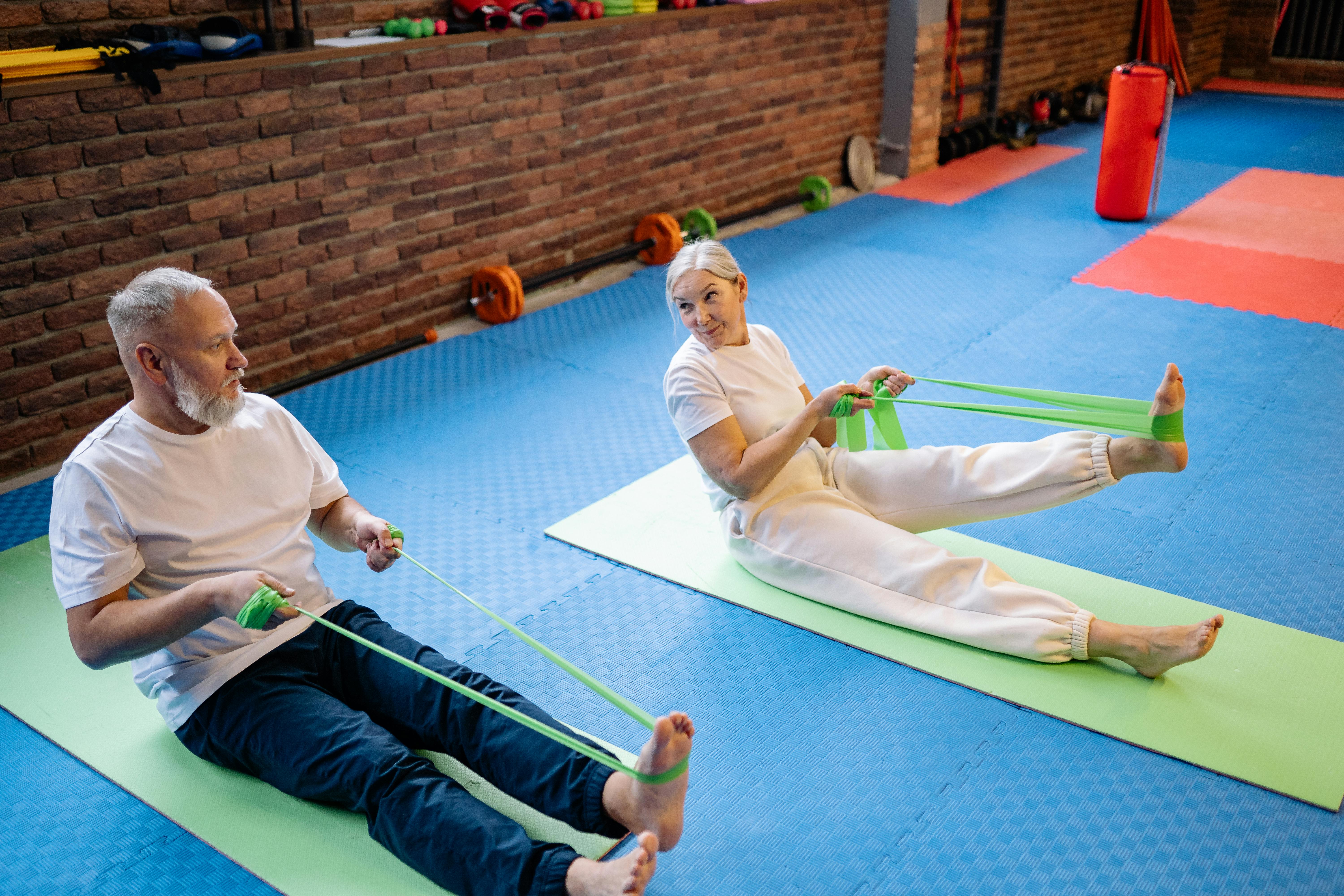 Dr. Emma Richardson
Dr. Emma Richardson
As we age, maintaining muscle mass and bone density becomes increasingly important for overall health and independence. Safe strength training can provide numerous benefits for seniors, including improved mobility, better balance, increased energy, and enhanced quality of life.
Despite common misconceptions, strength training is not just for younger adults. In fact, older adults often have the most to gain from incorporating resistance exercises into their routines. The key is to start slowly, use appropriate weights, and focus on proper form rather than lifting heavy weights.
This guide will walk you through the essential components of a safe and effective strength training program specifically designed for seniors. We'll cover proper techniques, recommended exercises, and important safety considerations to help you build strength without risking injury.
Strength training offers numerous benefits especially tailored to the needs of older adults. From preserving muscle mass to improving bone density, regular resistance exercises can significantly enhance quality of life and promote healthy aging.
Improved Muscle Mass and Strength: Counteracts age-related muscle loss (sarcopenia) that begins after age 30. Regular strength training helps maintain and even rebuild muscle tissue, supporting daily activities and independence.
Enhanced Bone Health: Weight-bearing exercises stimulate bone formation and help prevent osteoporosis. Stronger bones reduce fracture risk and support better posture and alignment.
Better Balance and Reduced Fall Risk: Strengthening core and lower body muscles improves stability and coordination. This directly translates to fewer falls and greater confidence in movement.
Metabolic Benefits: Increased muscle mass boosts metabolic rate, helping maintain healthy weight and blood sugar levels. This can help manage conditions like diabetes and obesity that become more common with age.

Before beginning any strength training program, it's crucial to consult with your healthcare provider, especially if you have pre-existing conditions like heart disease, arthritis, or osteoporosis. Once cleared for exercise, consider working with a certified fitness professional who specializes in senior fitness to design a personalized program that addresses your unique needs and goals.
For beginners, bodyweight exercises are an excellent starting point. As you progress, lightweight dumbbells (1-5 pounds), resistance bands, and stability balls can be incorporated. These tools provide gentle resistance while minimizing joint stress. Many seniors find that adjustable ankle weights and wrist weights are also helpful for gradually increasing resistance.
The best strength training program for seniors should include exercises that target all major muscle groups while emphasizing functional movements that support daily activities. Chair exercises are particularly beneficial for those with balance concerns or limited mobility. Focus on exercises like seated leg lifts, chair squats, bicep curls, shoulder presses, and modified push-ups against a wall.
Maintaining proper form is crucial for preventing injuries and maximizing benefits. Start with 2-3 sets of 10-15 repetitions per exercise, focusing on controlled movements rather than speed. Remember to breathe steadily throughout each exercise—exhale during exertion and inhale during the relaxation phase. Never hold your breath while exercising as this can cause dangerous spikes in blood pressure.

Simple daily exercises that dramatically improve stability and reduce fall risk for seniors.

How to meet increased protein requirements to support muscle maintenance during aging.

Essential strategies to optimize recovery between workouts and prevent injury.